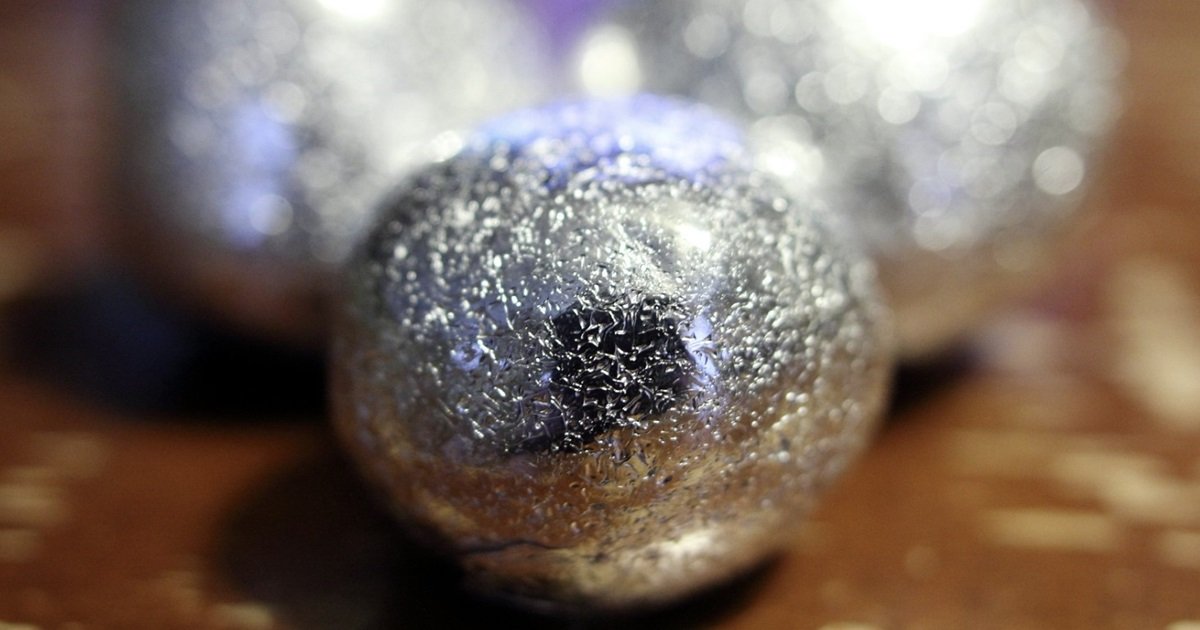

Natural Fiber Brushes
Switch to a natural fiber brush, such as boar bristle, to help distribute natural oils evenly throughout your hair. This reduces friction and minimizes static. Avoid plastic brushes, as they can contribute to static buildup.
Avoid Over-Drying
Overusing heated styling tools and over-drying your hair can strip it of essential moisture, leading to static. Let your hair air-dry whenever possible, and if you must use heat styling tools, use them on a lower setting.
Fabric Choices
Pay attention to the fabrics of your hats, scarves, and clothing. Fabrics like wool and synthetic materials can generate static. Opt for natural fabrics like cotton or silk to reduce friction and static buildup.
Moisturize Your Scalp
Keep your scalp moisturized to prevent static at its source. Use a lightweight, hydrating scalp oil or serum to maintain moisture balance and minimize static electricity.

Hair Oil or Serum
Apply a small amount of hair oil or serum to the ends of your hair to keep them hydrated and reduce friction. Be cautious not to overdo it, as too much product can make your hair appear greasy.
Aluminum Foil Trick
Some people swear by the benefits of aluminum foil for combating static and frizz. While scientific evidence supporting this claim may be limited, some find that carrying a small ball of aluminum foil in their bags helps reduce static when rubbed against the hair. Peel off a piece of aluminum foil, approximately 20 cm in length. Shape it into a compact ball, and carry it in your bag.
Conclusion
Static hair is a common issue that can be managed with the right approach. By incorporating these tips into your hair care routine, you can say goodbye to static hair and enjoy smoother, more manageable locks.





